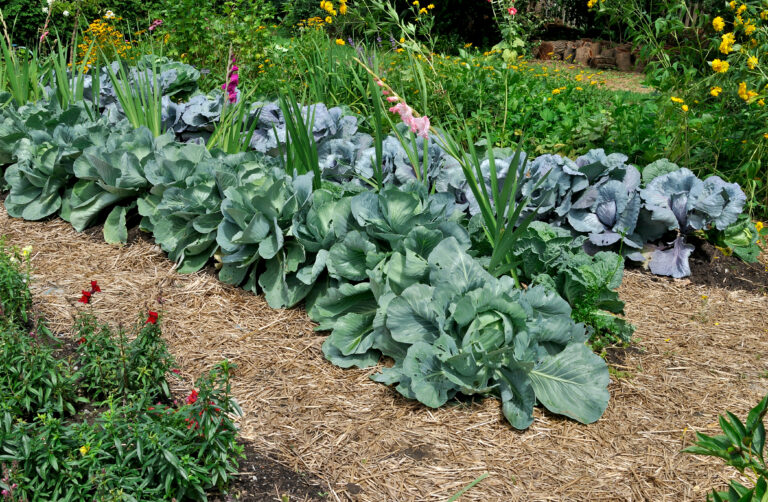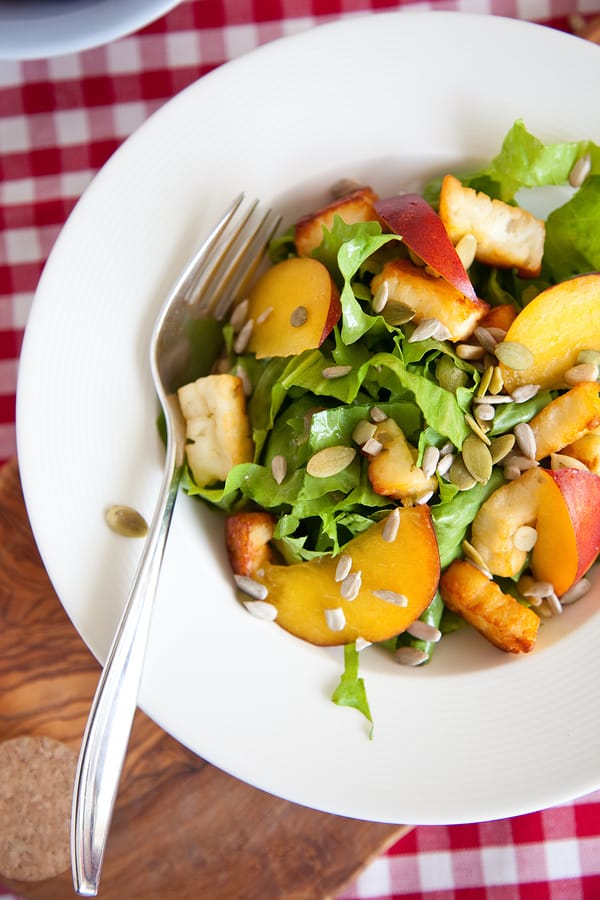How to Harden Off and Transplant Napa Cabbage for Strong Growth
Successfully transplanting Napa cabbage starts with properly hardening off seedlings. As a horticulturist with over 30 years’ experience growing cool-season crops in Sonoma Valley, I’ve found that this crucial step ensures strong, healthy plants that resist stress, bolting, and pests. This guide combines research-backed recommendations with practical, hands-on techniques to optimize growth from seedling to harvest.
What is Hardening Off?
Hardening off is the gradual process of acclimating indoor-grown seedlings to outdoor conditions. It helps seedlings adjust to:
- Direct sunlight
- Fluctuating temperatures
- Wind exposure
- Rain and outdoor soil conditions
Without hardening off, seedlings can experience shock, slowed growth, or even die after transplanting.
Step-by-Step Hardening Off Process
- Timing: Begin hardening off 7–10 days before transplanting. Seedlings should be 3–4 inches tall with well-developed leaves.
- First Exposure: Place seedlings outdoors in partial shade for 1–2 hours. Avoid windy or extremely hot days.
- Gradual Increase: Increase time outside by 1–2 hours daily, gradually moving seedlings to full sun exposure.
- Temperature Adjustment: Protect seedlings from temperatures below 50°F (10°C) until they are fully acclimated.
- Watering: Keep soil evenly moist but avoid overwatering. Outdoor conditions may dry seedlings faster than indoors.
Transplanting Napa Cabbage
- Soil Preparation: Prepare well-drained, fertile beds with aged compost. Space rows 18–24 inches apart.
- Planting: Dig holes slightly larger than seedling root balls. Plant at the same depth as in the tray.
- Spacing: Space plants 12–18 inches apart to allow for mature head development.
- Watering: Water thoroughly immediately after transplanting. Mulch to conserve moisture and regulate soil temperature.
- Care: Monitor for pests and adjust watering as seedlings establish.
My Experience
Seedlings that are carefully hardened off develop stronger stems and more extensive root systems. In my garden, this practice reduces transplant shock, increases survival rates, and leads to faster, uniform head formation.
Final Tips
- Avoid transplanting on extremely hot or cold days.
- Protect young plants from slugs and flea beetles during the first week.
- Continue consistent watering and nutrient support to ensure vigorous growth.
By following these steps, your Napa cabbage seedlings will thrive, producing tender, flavorful heads with a healthy, robust start in the garden.




